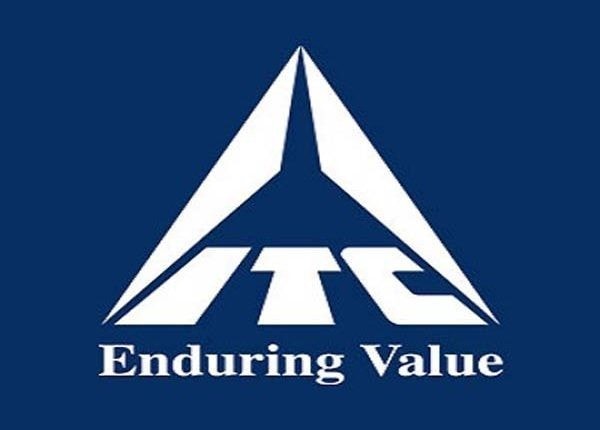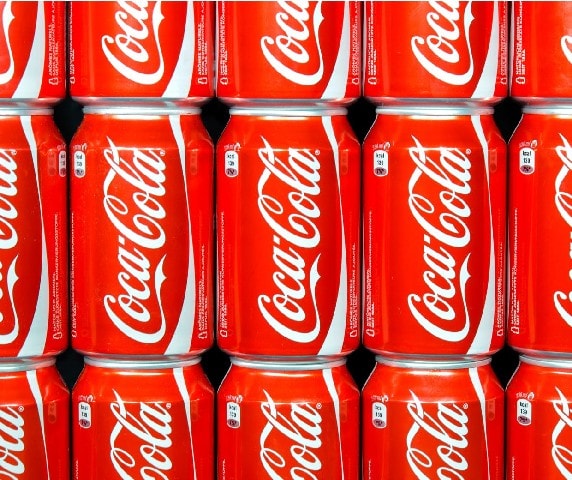A brand portfolio is known as the leading brand of a company that covers all other brands or companies operated by a company. A large company uses various brand names to introduce products and services to fulfill the requirements of different market segments. Each brand of the company has its entity and is operated differently as compared to its parent company.
The company uses a brand portfolio for marketing purposes and to help in boosting the sales of their other brand’s products. Using a brand portfolio, a company declares that the child brand of the company also follows the principles of the parent brand.
Moreover, it also helps in removing the confusion of customers about the origin of a brand. If a customer trusts the products of one brand of the company and has good experience with it, then there are more chances that he will also trust the products of other brands of the company. To take advantage of that, companies introduce all their brands under the name of one umbrella brand.
In this way, the company establishes the relationship between the different brands of the company. Take the example of Apple. Most of us have used its iPhone and trust it for its quality and performance. Because we have a pleasant experience with one product of the Apple company, we are more likely to trust other products of the company.
In addition to this, brands in a brand portfolio perform different roles such as
A Flanker brand is known as the fighter brand of the company, which is newly launched in the market in the same category that already has a company’s brand. The flanker brand is introduced to increase the market share of the company.
The cash flow brand is the brand of the company, which has already reached a maturity level in the product’s life cycle but is still getting profits to maintain cash flow. Such brands are not removed from the market, even though they don’t bring many benefits to the company, because of the trust of people on the brand.
The low-end, entry-level brands are those brands of the brand portfolio that offers low priced products.
On the other hand, the high-end prestige brand of a brand portfolio is the brand that offers high priced products in the market to create a prestigious image of the brand.
Table of Contents
Definition of the brand portfolio
A brand portfolio can be defined as an umbrella that encompasses different brands, products, services, and companies of a large company. Companies use different brands to cater to the needs and requirements of various market segments.
Meaning of brand portfolio
Let us first understand the term portfolio to understand the concept of the brand portfolio better. The word portfolio is used for various purposes, such as a model that uses his photograph portfolio, which consists of all his photographs from different angles to get a job, or an investor uses his investment portfolio to show the range of investment held by the person. Similarly, a brand portfolio is a collection of all the brands owned by one company.
The name of the company or the name of its primary brand is used to recognize all separate brands of a company as one entity. Companies use different brand names to cover different market segments or to fulfill the various requirements of their customers.
Take the example of the ITC company. ITC is an umbrella brand name under which the company runs several other brands. The company provides food products under different brand names for various products such as Sunfeast, Kitchens of India, Bingo, B natural, and yippee brand. Person care products under brand names such as Engage, Fiama Di Wills, Essenza DI will, Salvon, and Superia. Similarly, it operates several other brands to provide different products to their customers. But all of these brands have one thing common in them that is the name of the ITC brand and its values.
Here is a video by Marketing91 on Brand Portfolio.
Examples of brand portfolio
- Take the case of the Coca-cola company. The Coca Cola, or Coke, is one of the most popular soft drinks brands. However, it has several popular brands such as Diet Coke, Coca-Cola Zero, Fanta, Sprite, Dasani, SmartWater, and many other brands. The coca-cola is a brand umbrella for all other brands of this company.
- Another similar example of a brand portfolio is the example of PepsiCo. PepsiCo is the umbrella brand for several different brands of beverages and food products. The instance of brands owned by PepsiCo is Tropicana, Quaker, Frito Lay.
- Hindustan Unilever Company or HUL is also the brand portfolio name of several other brands owned by the company. The Hindustan Unilever Company owns popular brands like Pears, Lux, Dove, Lifebuoy, Liril, Vaseline, Close Up, Lakme, Bru, Taj mahal, Kisan, Broke Bond, Lipton, Sunsilk, Comfort, Wheel, Pepsodent, Clinic Plus, and several other brands. Each brand name is used for the sale of different products. For example, the Taj Mahal is the brand name for tea, whereas Closeup is a brand name for toothpaste.
Liked this post? Check out the complete series on Branding

